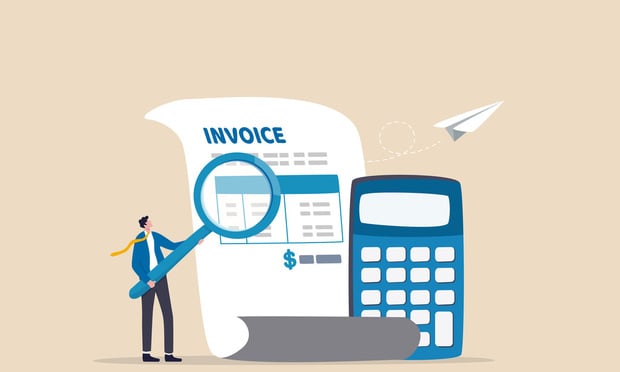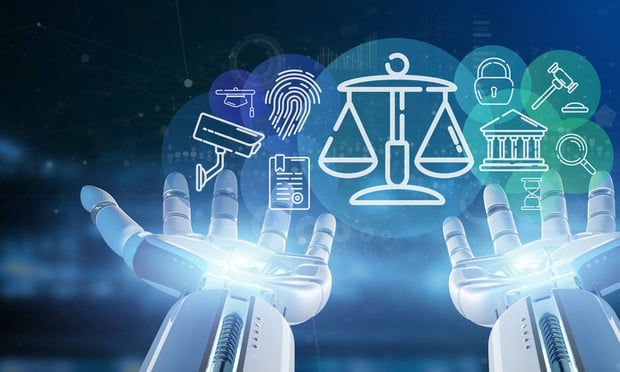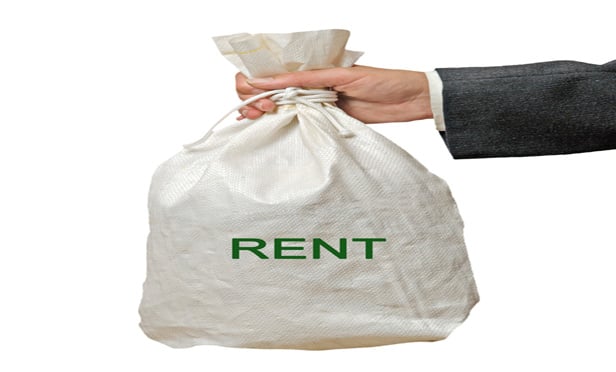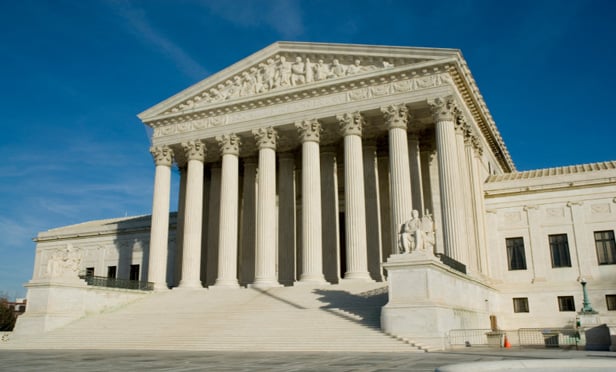Features

U.S. Regulators Lift the Curtain on Data Practices with Assessment, Reporting and Audit Requirements
The assessment and audit requirements of the new generation of state data protection laws will force U.S. companies to move beyond mere window dressing and instead require them to develop fulsome data protection programs.
Features

Revolutionizing Revenue: How 'Invoice to Cash' Innovation Rescues Firms from Billing Woes
More and more, firms are understanding that it's the firm's ability to convert its agreed rates through billing and collections to collection realization that really counts. So why is it such a challenge for firms to solve it?
Features

Decoding DOJ's New 'Justice AI' Initiative
The DOJ is likely to face many practical challenges and novel issues as it begins coding its own algorithm for AI-related enforcement. This article briefly examines three areas of AI-related enforcement where such practical challenges and novel issues may arise.
Features

NYC Guarantor Liability for Post-Window-Period Rent
In Tamar Equities Corp. v. Signature Barbershop 33 Inc., the Appellate Division analyzed whether the Guaranty Law bars recovery from a guarantor where a commercial tenant's default initially arose during the Guaranty Law's window period, but persisted after its expiration.
Features

U.S. Supreme Court Hears Arguments on Whether Copyright Plaintiffs Can Reach Back More Than Three Years for Infringement Damages
In a case of first impression, the Eleventh Circuit decided that a copyright plaintiff may recover damages that occur more than three years before a copyright lawsuit is filed.
Features

Artificial Intelligence Redefines Our Defense Against Cyber Threats
The cybersecurity landscape is on the brink of a transformative shift, with predictive analytics and behavioral analysis leading the charge for more resilient and adaptive defenses.
Features

Let's Do Lunch!
Is the lunch meeting still a thing? Is it a lost art? A lost opportunity?
Features

The FTC and DOJ's New Guidelines Promise Sharper Scrutiny of Mergers
From loosened structural presumptions to unconventional theories of harm such as "ecosystem competition" to consideration of a merger's effects on outside markets, we review some of the most noteworthy changes in the new Guidelines.
Features

Nugent Photo Copyright Dispute Offers Appellate Look at Post-Warhol Fair-Use Analysis
The Fourth Circuit ruled that a copyright infringement claim against a news site, for using a photo of musician Ted Nugent without credit, could proceed, one of the first federal appellate decisions interpreting the U.S. Supreme Court's most recent iteration of the fair use test.
Features

Beyond Language: How Multimodal AI Sees the Bigger Picture
The possibilities for patenting innovative applications of multimodal models across industries are endless.
Need Help?
- Prefer an IP authenticated environment? Request a transition or call 800-756-8993.
- Need other assistance? email Customer Service or call 1-877-256-2472.
MOST POPULAR STORIES
- Why So Many Great Lawyers Stink at Business Development and What Law Firms Are Doing About ItWhy is it that those who are best skilled at advocating for others are ill-equipped at advocating for their own skills and what to do about it?Read More ›
- Bankruptcy Sales: Finding a Diamond In the RoughThere is no efficient market for the sale of bankruptcy assets. Inefficient markets yield a transactional drag, potentially dampening the ability of debtors and trustees to maximize value for creditors. This article identifies ways in which investors may more easily discover bankruptcy asset sales.Read More ›
- Blockchain Domains: New Developments for Brand OwnersBlockchain domain names offer decentralized alternatives to traditional DNS-based domain names, promising enhanced security, privacy and censorship resistance. However, these benefits come with significant challenges, particularly for brand owners seeking to protect their trademarks in these new digital spaces.Read More ›
- Trying to Determine Rights in Pre-1972 Sound RecordingsAudio recordings of speech, musical instruments or any other sounds created before Feb. 15, 1972, are treated very differently from other recorded sounds under U.S. law. Each of the 50 states is free to apply its own rules to the protection of audio sound recordings made before Feb. 15, 1972, and may continue to do so for the next 54 years. As a consequence, the scope of protection for pre-1972 sound recordings is inconsistent from state to state, often vague and sometimes difficult to discern.Read More ›
- Disavowals of Liability Do Not Disembowel Coverage: Liability Settlements and Insurance CoverageLiability insurance policies apply where the insured is liable for bodily injury, property damage, or wrongful acts (depending on the policy). What happens, however, when the policyholder denies that any injury or wrongdoing took place? Does that mean that insurance is not applicable?Read More ›
